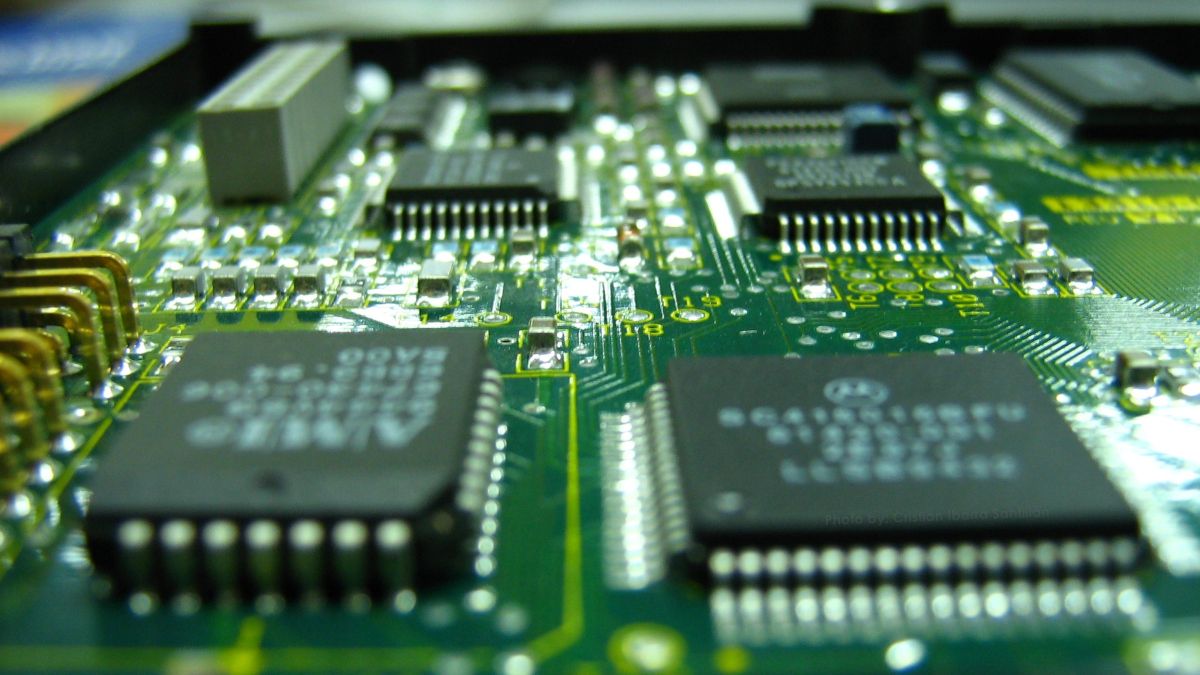Introduction to Electronic Ballasts
Electronic ballasts are an integral part of today’s lighting systems, regulating the amount of electricity flowing through a given circuit. In this post, we’ll delve into the fascinating world of electronic ballasts and see how they’ve changed the face of lighting control forever.
Understanding Electrical Ballasts
The current in an electrical circuit can be controlled by a device called a ballast, which is connected in series with the load. Fluorescent lamps and compact fluorescent lights (CFLs) cannot function properly without them. When compared to other types of ballasts, electronic ballasts stand out owing to their superior features and ability to regulate current flow.
The Negative Differential Resistance Problem
The negative differential resistance of fluorescent lights is one of the biggest problems in the lighting industry. This feature can generate an electrical surge, which can burn out the light. Electronic ballasts are an effective solution to this problem since they provide a constant, safe current.
Types of Ballasts
Modern electronic ballasts have replaced older types of ballasts including resistors, inductors, and capacitors. For instance, older fluorescent lights frequently use inductive ballasts. On the other hand, they offer a more cutting-edge alternative, enhancing the efficacy and effectiveness of lighting systems.
Electronic Ballasts in CFLs
As an alternative to incandescent bulbs, compact fluorescent lights (CFLs) have grown in popularity due to their lower energy use. CFLs’ prolonged longevity and lower energy use are due in large part to the electronic ballasts that power them. Thanks to its eco-friendliness, CFLs are widely used.
Advantages of Electronic Ballasts
They have several benefits. They extend the life of lights and cut down on energy use, which is good for the environment and your wallet. These are a low-cost, low-maintenance alternative to conventional ballasts for both domestic and commercial applications.
Installation and Maintenance
If you’re thinking about using such devices for your lights, be sure you know how to install and maintain them properly. This section will serve as a helpful resource for anybody looking to install electronic ballasts in a secure manner and gain insight into how to get the most out of their capabilities. The importance of safety throughout the installation process will also be covered.
Innovations in Electronic Ballasts
These are keeping up with the times in the fast developing field of lighting technology.They have recently progressed to the point where they can be integrated with smart lighting systems. This article will delve into these developments and shed light on the bright future of lighting.
Environmental Impact
The environmental effects of lighting are becoming increasingly important as people become more aware of the need to protect the planet. Saving energy and lowering GHG emissions is a side effect of using electronic ballasts. We’ll look into how these ballasts promote environmental friendliness in contemporary lighting systems.
Conclusion
Efficient current control for a wide variety of bulb types is made possible by electronic ballasts, which are an integral feature of today’s lighting systems. They do good for the environment and the economy by decreasing energy consumption and extending the life of lighting systems. Electronic ballasts are a step in the direction of a better and more environmentally friendly future.
Frequently Asked Questions
Q1: Are these safe to use at home?
When properly fitted per safety recommendations, these can be used in the house with confidence.
Q2: How do this device improve energy efficiency?
By regulating the current, lowering energy waste, and increasing bulb longevity, this significantly boost efficiency.
Q3: Can it be used with all types of lighting fixtures?
It’s recommended to double-check their compatibility with your existing light fixtures before setting them up.
Q4: Are these expensive to install and maintain?
These may be more expensive to purchase at first, but their long-term energy savings make them worthwhile.
Q5: What are the environmental benefits of using these?
Energy savings from using such devices translate to less emissions of greenhouse gases, making for a greener world.









